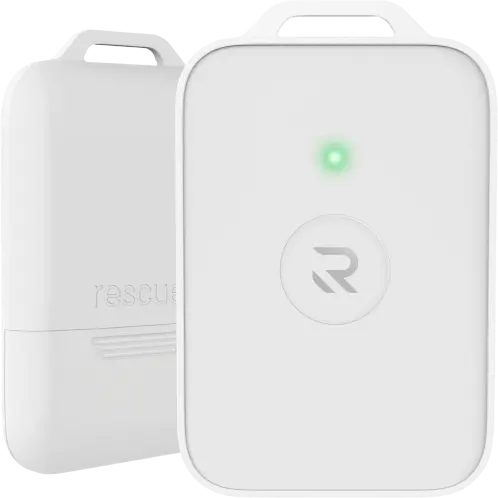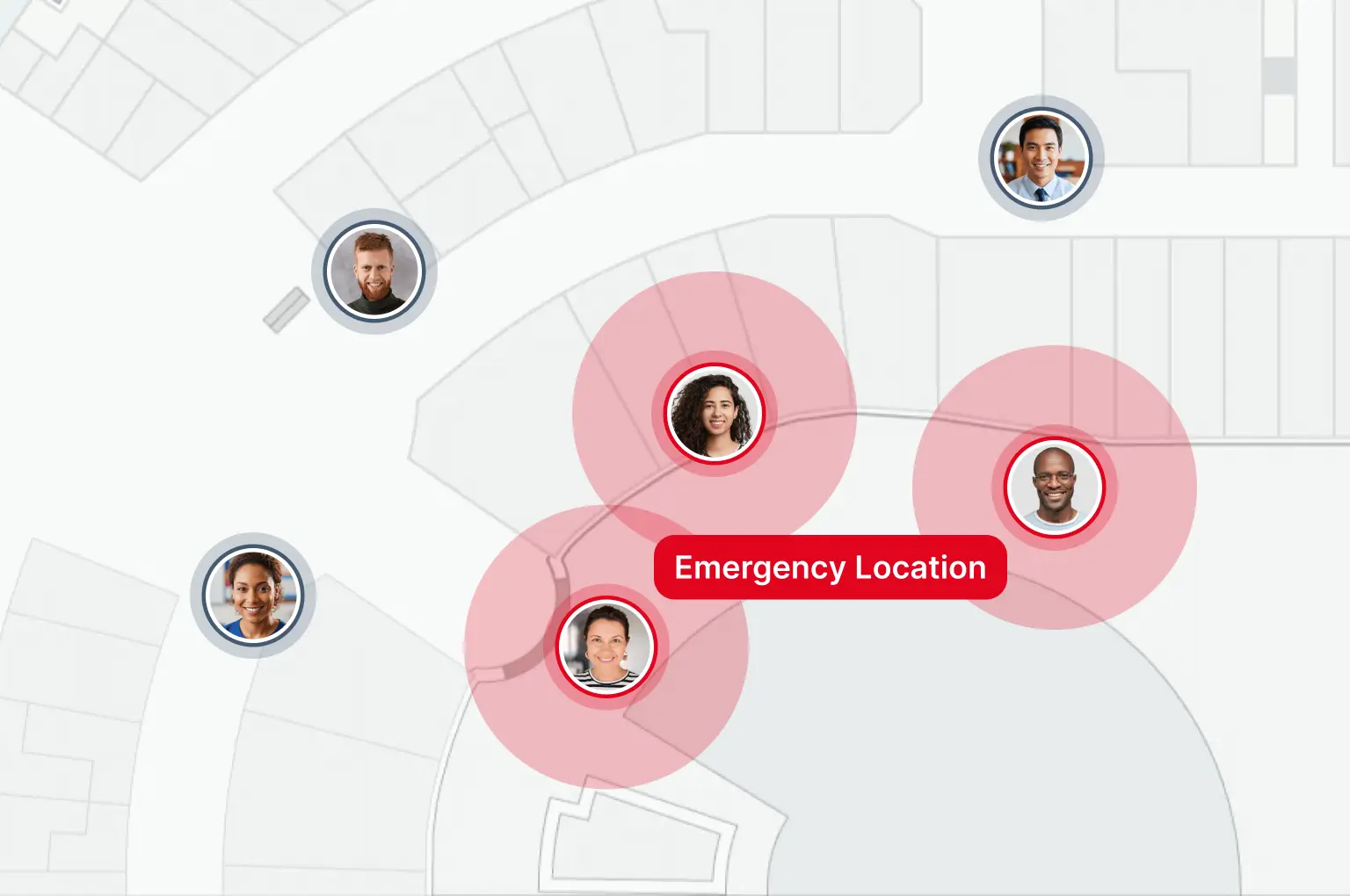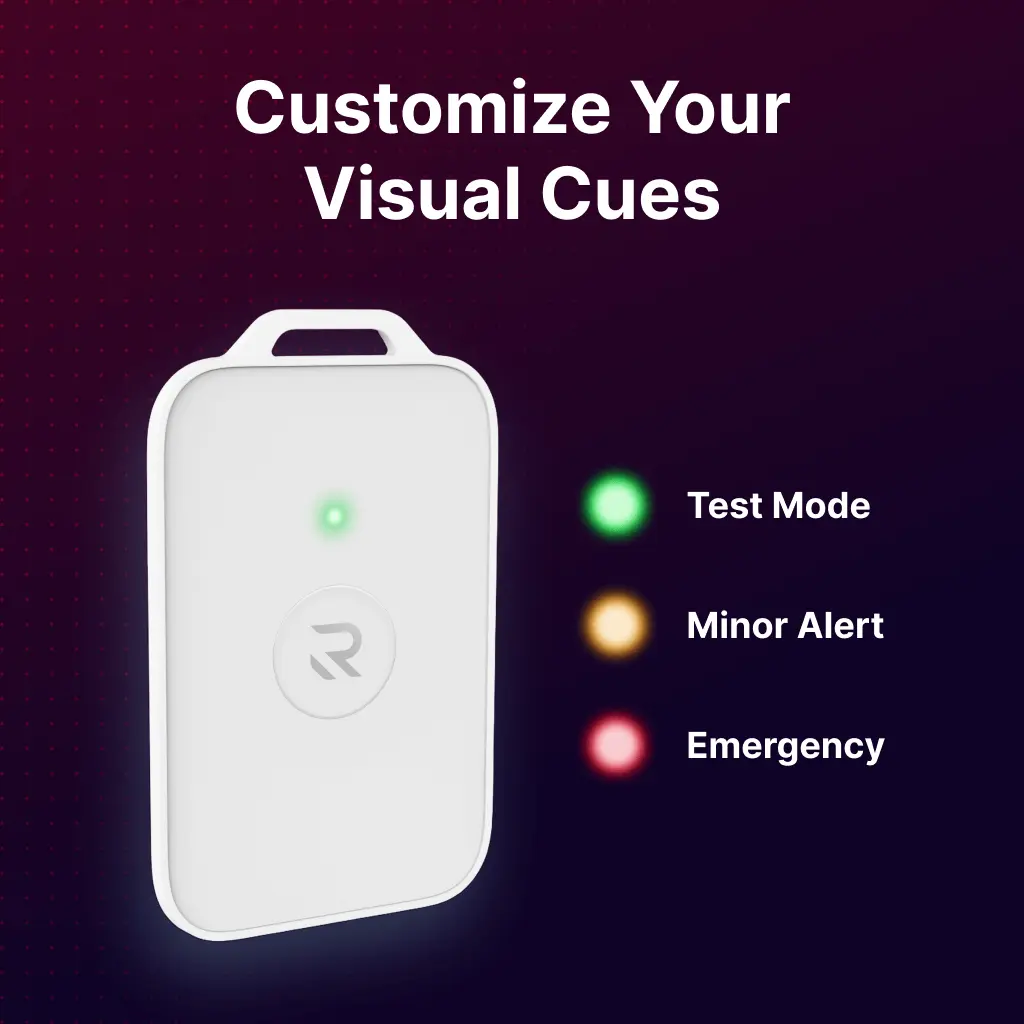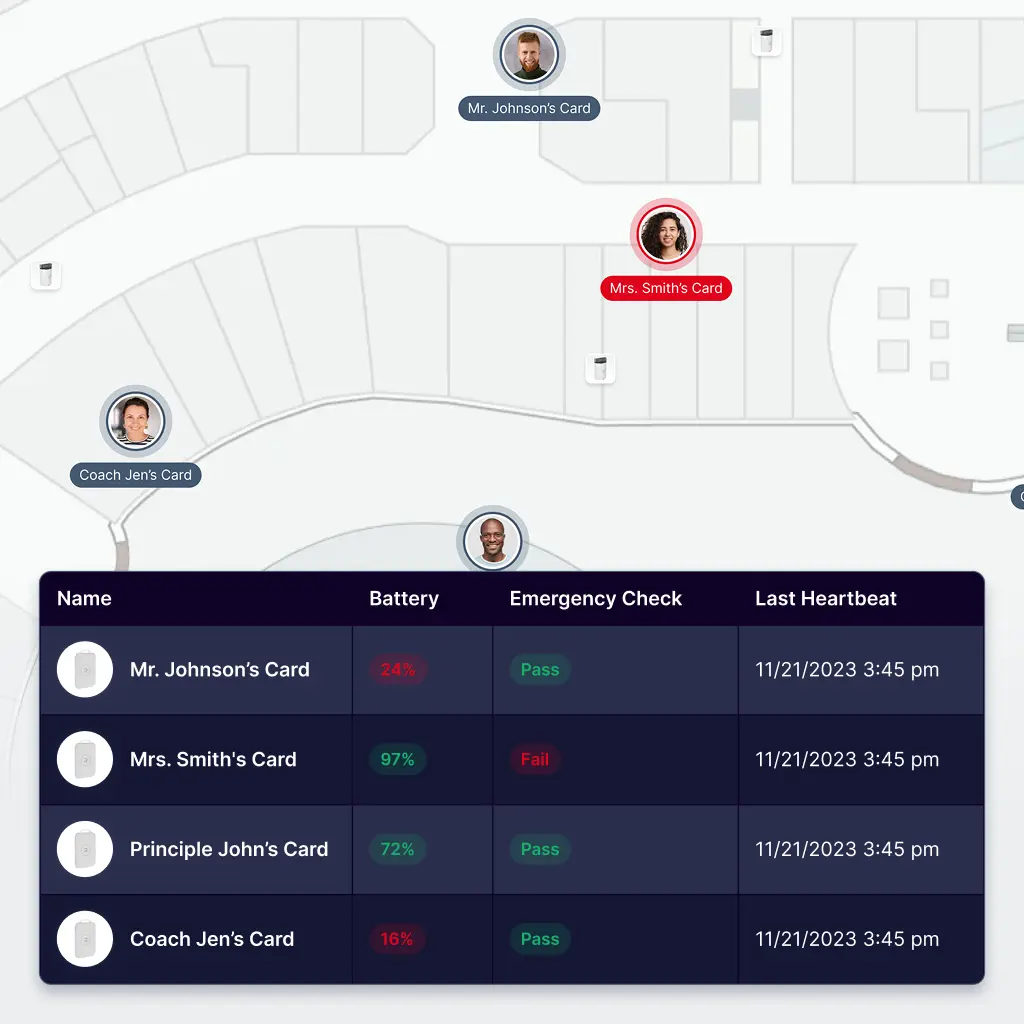Ensuring the safety and well-being of employees is not just a legal obligation but a cornerstone of a thriving business. This blog delves into practical and effective safety measures for retail employees, highlighting how technology, training, and a culture of safety can create a secure workplace.
Understanding the Risks
Retail employees are exposed to various risks, including workplace accidents, health hazards, theft, and even aggressive behavior from customers. Identifying these risks is the first step in developing a comprehensive safety strategy.
Leveraging Technology for Safety
Advancements in technology offer new avenues to enhance retail safety:
- Wearable Panic Buttons: Devices like Rescue provide employees with a discreet way to alert security or management to emergencies, ensuring rapid response when needed.
- Surveillance Systems: Modern camera systems deter theft and can also provide valuable evidence in the event of an incident.
- Access Control Systems: Controlling access to employee-only areas helps prevent unauthorized entry and protects staff from potential harm.
Comprehensive Safety Training
Training is crucial in empowering employees to handle various scenarios:
- Emergency Response: Regular drills for fire, medical emergencies, and active shooter situations ensure that employees know how to react swiftly and appropriately.
- Conflict Resolution: Training staff in de-escalation techniques can prevent situations from escalating, protecting both employees and customers.
- Health and Safety Compliance: Ongoing training about workplace ergonomics, proper lifting techniques, and other health-related topics helps reduce the risk of accidents and injuries.
Creating a Culture of Safety
A safe working environment is cultivated through leadership and a commitment to safety from all levels of the organization:
- Open Communication: Encouraging employees to report safety concerns without fear of reprisal fosters a proactive approach to addressing potential risks.
- Safety Policies: Clear, accessible, and enforced safety policies lay the foundation for a secure workplace. Regularly reviewing and updating these policies ensures they remain effective and relevant.
- Supportive Environment: Supporting employees who have experienced or witnessed workplace violence or harassment is essential in maintaining a safe and healthy work environment.
Collaboration with Local Authorities
Partnerships with local law enforcement and emergency services can enhance retail safety through:
- Security Assessments: Professional evaluations of retail spaces can identify vulnerabilities and suggest improvements.
- Training Sessions: Law enforcement officers can provide specialized training on responding to theft, active shooter situations, and other emergencies.
Regular Reviews and Improvements
The retail environment is constantly evolving, and so are its safety challenges. Regularly reviewing safety measures, soliciting feedback from employees, and staying informed about new safety technologies and strategies are essential for keeping safety protocols effective.
Conclusion
For Retail Manager Megan and her peers, ensuring employee safety in the retail sector requires a multifaceted approach, combining technology, comprehensive training, and a strong culture of safety. By implementing these measures, retail managers can protect their employees, customers, and business, fostering a positive shopping environment and a resilient retail industry.
Whether you’re reviewing your current safety protocols or starting from scratch, remember that employee safety is paramount. Explore the latest in safety technology, invest in comprehensive training, and commit to creating a culture of safety within your retail organization. For more insights and resources on retail employee safety, visit our website or contact our team today.




